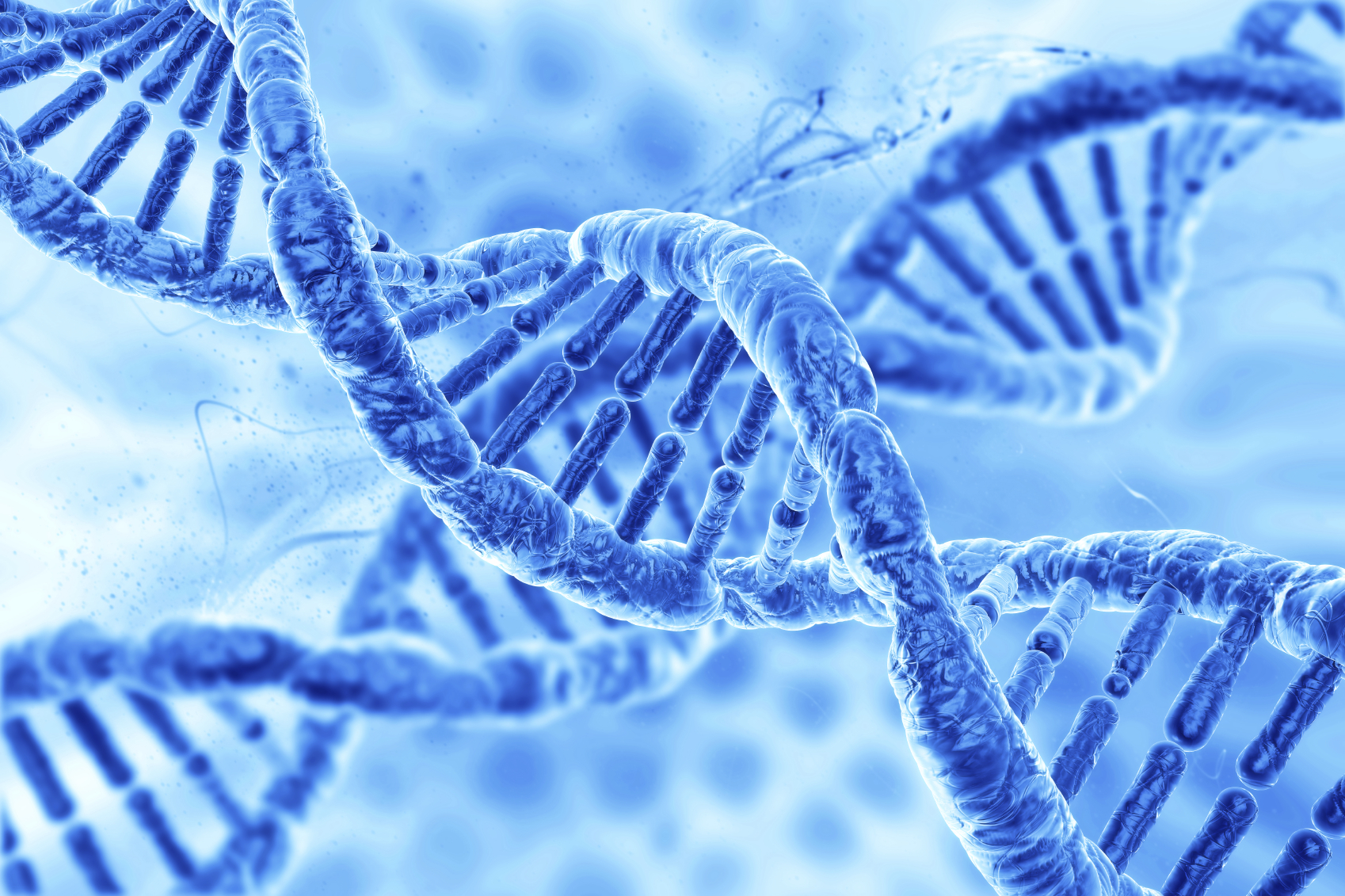bluebird bio announces long-term data from CALD gene therapy

bluebird bio has announced new clinical trial data from its gene therapy for patients with cerebral adrenoleukodystrophy (CALD), including long-term follow-up data.
CALD is the most severe form of adrenoleukodystrophy (ALD), a rare, X-linked metabolic disease affecting 1 in 21,000 newborn boys worldwide.
Approximately 40% of boys with ALD will develop CALD1, typically between the ages of three and 12 years.
The disease progresses rapidly in early childhood and if untreated, leads to loss of neurologic function, and eventual death, in most patients.
CALD is associated with six major functional disabilities (MFDs) which severely compromise the ability to function independently, including loss of communication, need for tube feeding and complete loss of voluntary movement.
The company highlighted data presented at the online European Society for Blood and Marrow Transplantation 2021 conference from the Starbeam ALD study involving the gene therapy known as elivaldogene autotemcel, known for short as eli-cel or Lenti-D.
Data from the phase 2/3 Starbeam study show “promising evidence” with up to almost seven years of follow-up, that 31 out of 32 patients showed minimal loss of function following eli-cell infusion.
There were no reports of graft failure, graft rejection, or graft-versus-host disease, where the body’s own immune system reject genetically modified cells.
Dr Jörn-Sven Kühl, Department of Pediatric Oncology, Hematology and Hemostaseology, Center for Women’s and Children’s Medicine at University Hospital Leipzig, said: “These long-term results therefore suggest treatment with eli-cel may durably stabilise disease progression and consequently preserve as much neurological function as possible in boys with CALD.”
Of the 32 patients who have received eli-cel in Starbeam ALD-102, 27 have completed the study and enrolled in a long-term follow-up study (LTF-304).
Two additional patients continue to be followed in ALD-102 and have not reached 24 months post-treatment and one experienced rapid disease progression early on-study resulting in MFDs and subsequent death.
The primary efficacy endpoint in Starbeam is the proportion of patients who are alive and free of MFDs at month 24.
In the first part of the study, 27 out of 30 who have reached the primary endpoint and continue to be alive and MFD-free at two years of follow-up.
There is no evidence of MFDs through nearly seven years (up to 82.7 months) of follow-up in the 27 patients who completed ALD-102.1
Fourteen patients in the long term study have reached at least their year five follow-up visit, including 7 patients who have reached at least their Year 6 follow-up visit.
The two patients from ALD-102 who have not reached month 24 have also shown no evidence of MFDs.
There was also interim data from the phase 3 study in patients with CALD after myeloablative conditioning using busulfan and fludarabine, a different chemotherapy conditioning regimen than that used in ALD-102 (busulfan and cyclophosphamide).
There is only safety data available so far due the limited follow-up duration of 8.6 months. So far there has been one serious adverse event on that trial.
The SAE was diagnosed in the presence of viral infection (adenovirus and rhinovirus/enterovirus positivity) approximately six months after eli-cel infusion and assessed as unrelated to eli-cel.
As of the data cut-off, the patient was partially responsive to steroids and plasmapheresis and was experiencing incontinence and ambulation issues.




